ArchivoZebra head.JPG Wikipedia, la enciclopedia libre
Zebras can cross breed with other members of equus: A plains zebra crossed with a donkey is known as a "zebdonk," zonkey, zebrass, and zorse. The plains or Burchell's zebra has several subspecies: Grant's zebra (Equus quagga boehmi) and Chapman's zebra (Equus quagga antiquorum).And the now-extinct quagga, once thought to be a separate species, is now considered a subspecies of the plains zebra.

ZEBRA SEC SKIN ROWING L DRESS OffWhite™ Official Site
al, 1989) than those colonized by mussels in N.A. Their suspected origin from just north of the Ukrainian Black Sea in the warmest portion of D. polymorpha's Euro pean range (Spidle et al, 1994; Marsden et al, 1996), suggests that N.A. mussels may be adapted to warmer environments. In order to provide a foundation for fur

zebra.jpg Wikipedia
The zebra mussel, Dreissena polymorpha, continues to spread from its native range in Eurasia to Europe and North America, causing billions of dollars in damage and dramatically altering invaded aquatic ecosystems. Despite these impacts, there are few genomic resources for Dreissena or related bivalves.
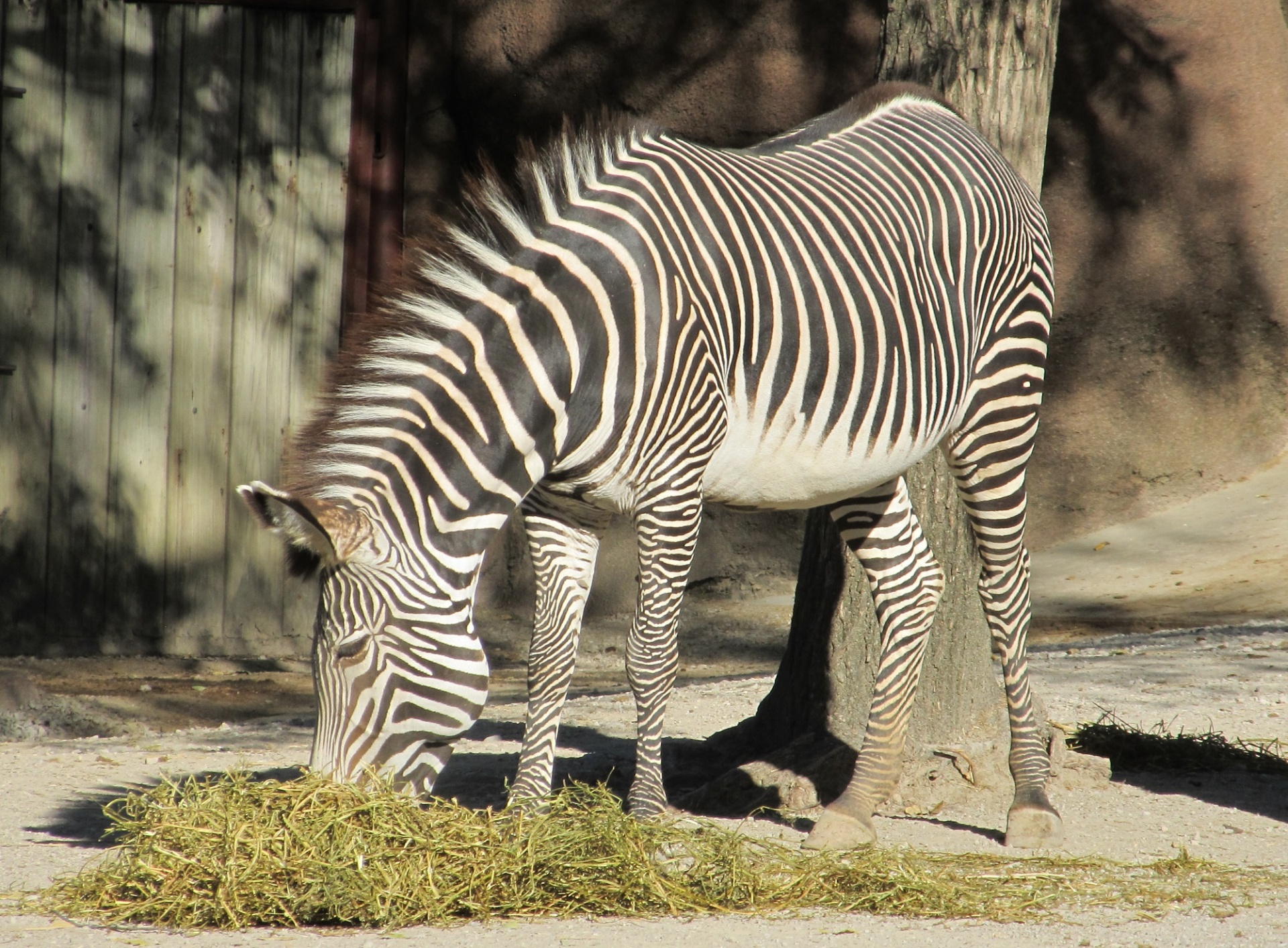
Zebra Free Stock Photo Public Domain Pictures
A species not yet included is the Hartmann's mountain zebra (Equus zebra hartmannae), a species that is endemic in the semidesert of Namibia's great escarpment, the Pre‐Namib, and a small part of Southern Angola and South Africa (Gosling et al., 2019).
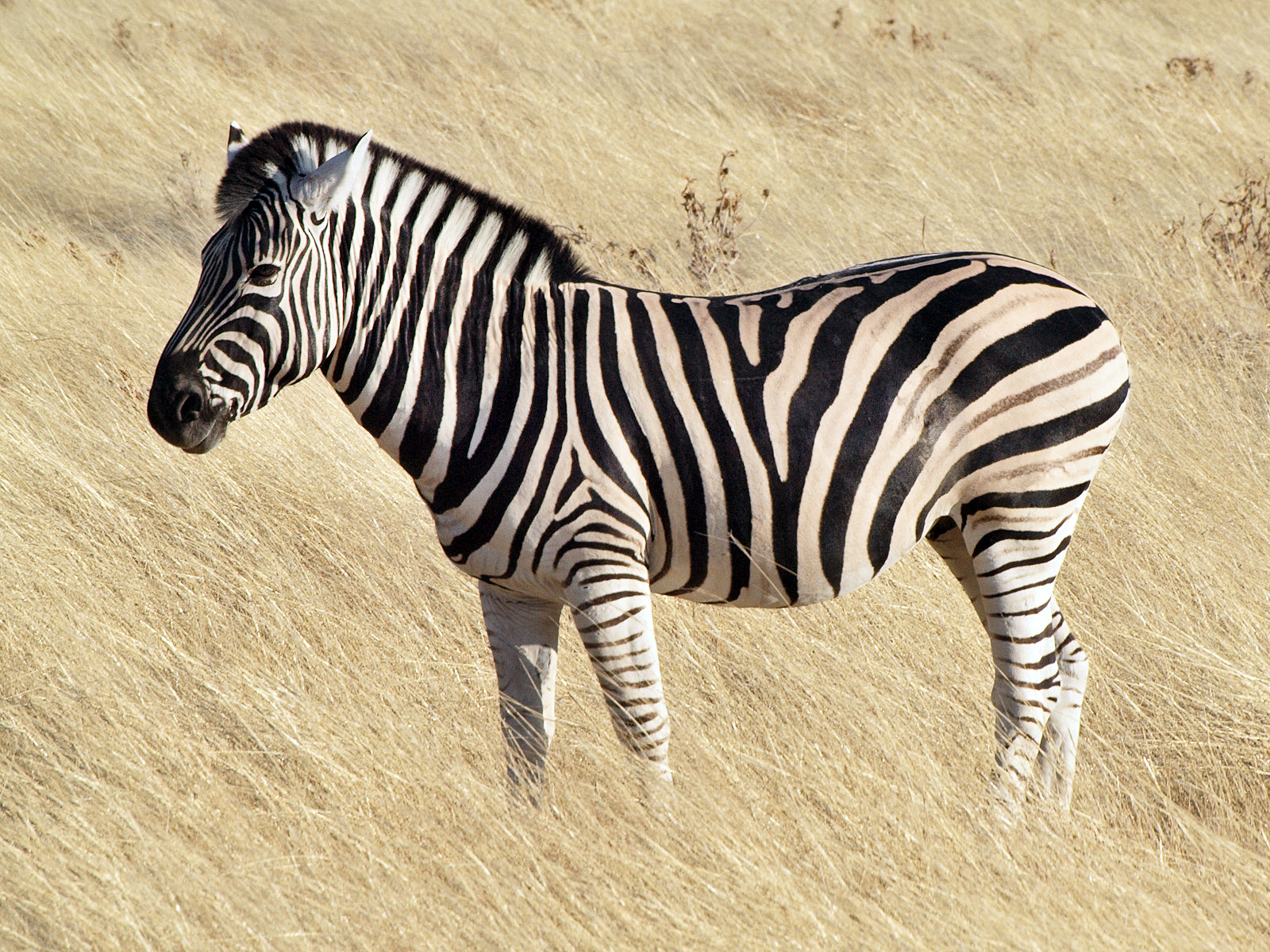
zebra 1.jpg Wikipedia
Grévy's zebra is the largest. It is about 4.10 to 5.25 feet at shoulder height and weighs 776 to 992 pounds. The mountain zebra is slightly smaller, and is about 3.81 to 4.79 feet at shoulder.
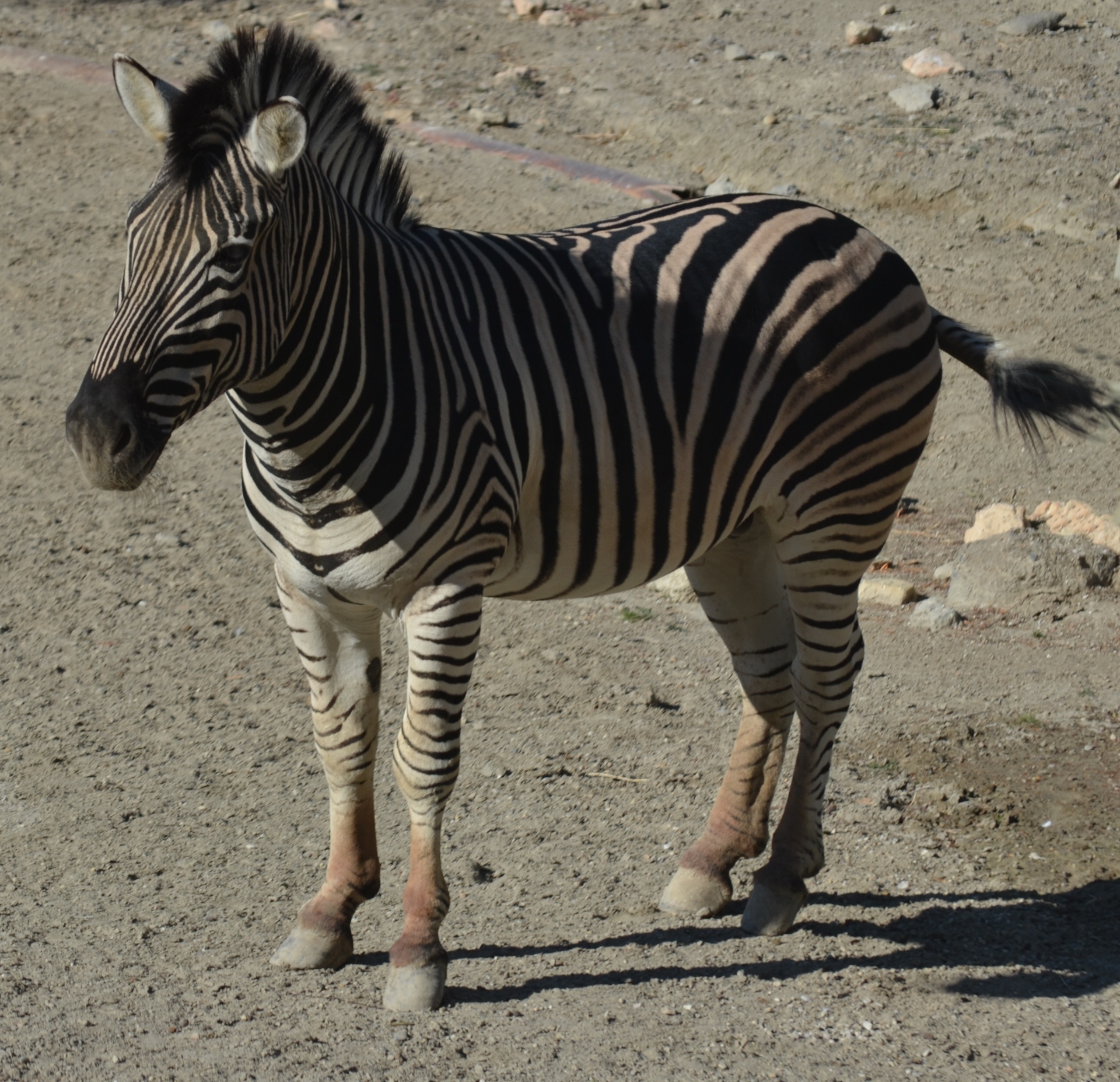
Zebra Portrait Free Stock Photo Public Domain Pictures
zebra, any of three species of strikingly black-and-white striped mammals of the horse family Equidae (genus Equus): the plains zebra (E. quagga), which is found in rich grasslands over much of eastern and southern Africa; Grevy's zebra (E. grevyi), which lives in arid, sparsely wooded areas in Kenya and a few small areas in Ethiopia; and the mountain zebra (E. zebra), which inhabits dry.
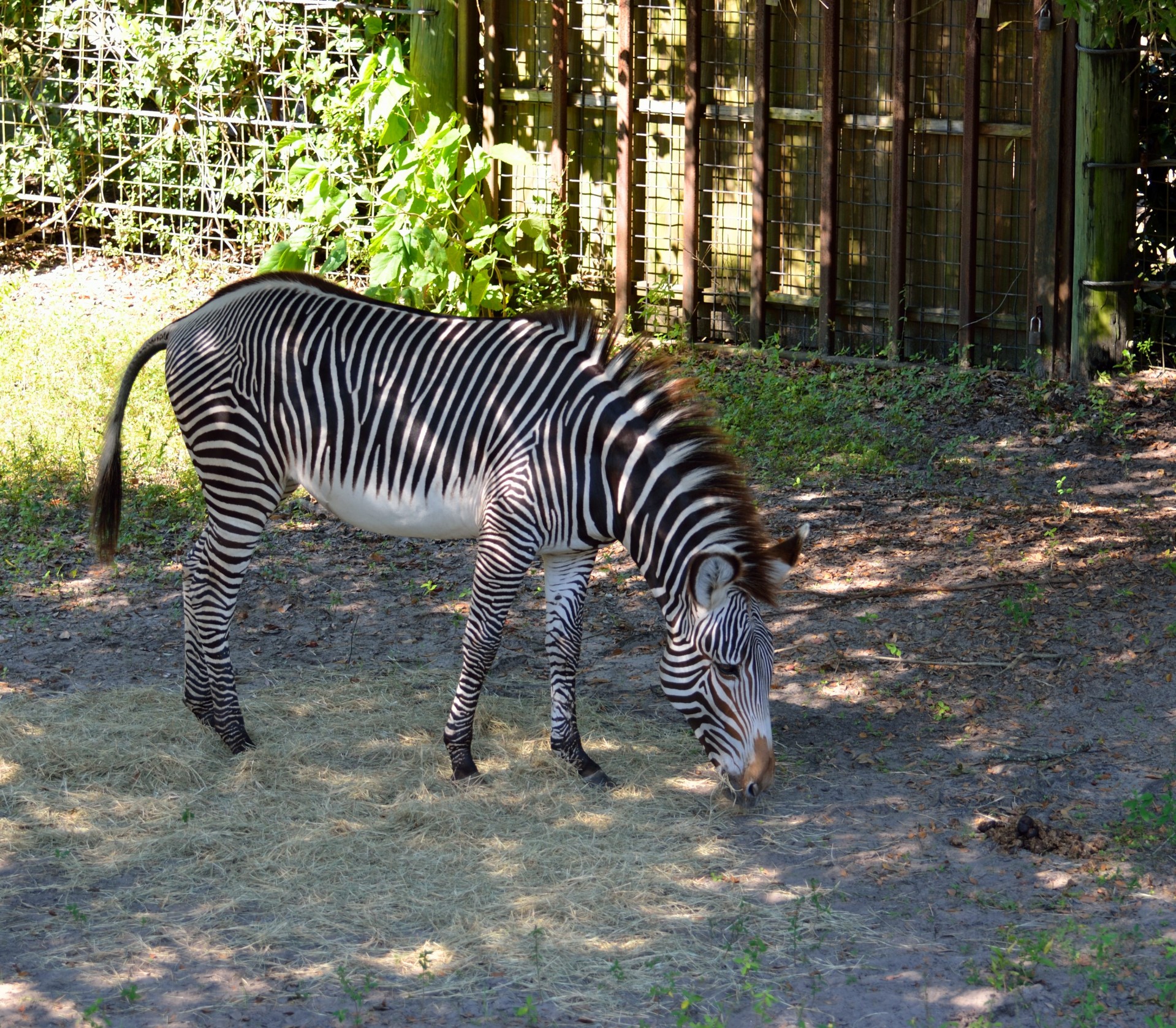
Zebra Free Stock Photo Public Domain Pictures
Extremely rare 'blonde' zebra photographed. Images confirm that zebra with albinism can survive in the wild, say scientists. Near a watering hole in a quiet valley in Tanzania 's Serengeti.
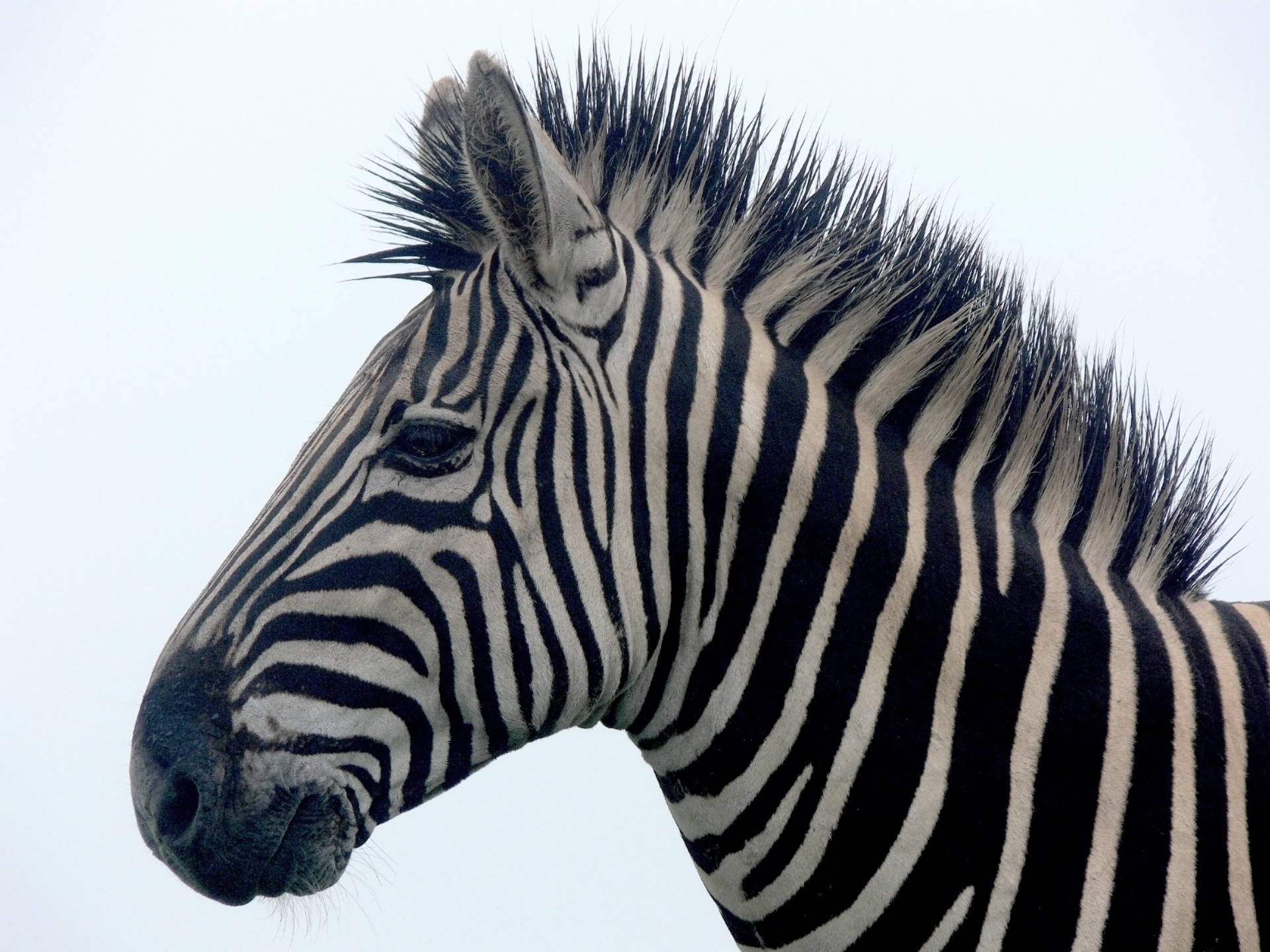
Zebra Portrait Close Up Free Stock Photo Public Domain Pictures
The life span of D. polymorpha ranges between 3-9 years. Maximum growth rates can reach 0.5 mm/day and 1.5-2.0 cm/year. Adults are sexually mature at 8-9 mm in shell length (i.e. within one year in favorable growing conditions). Zebra mussels are filter feeders having both inhalant and exhalant siphons.
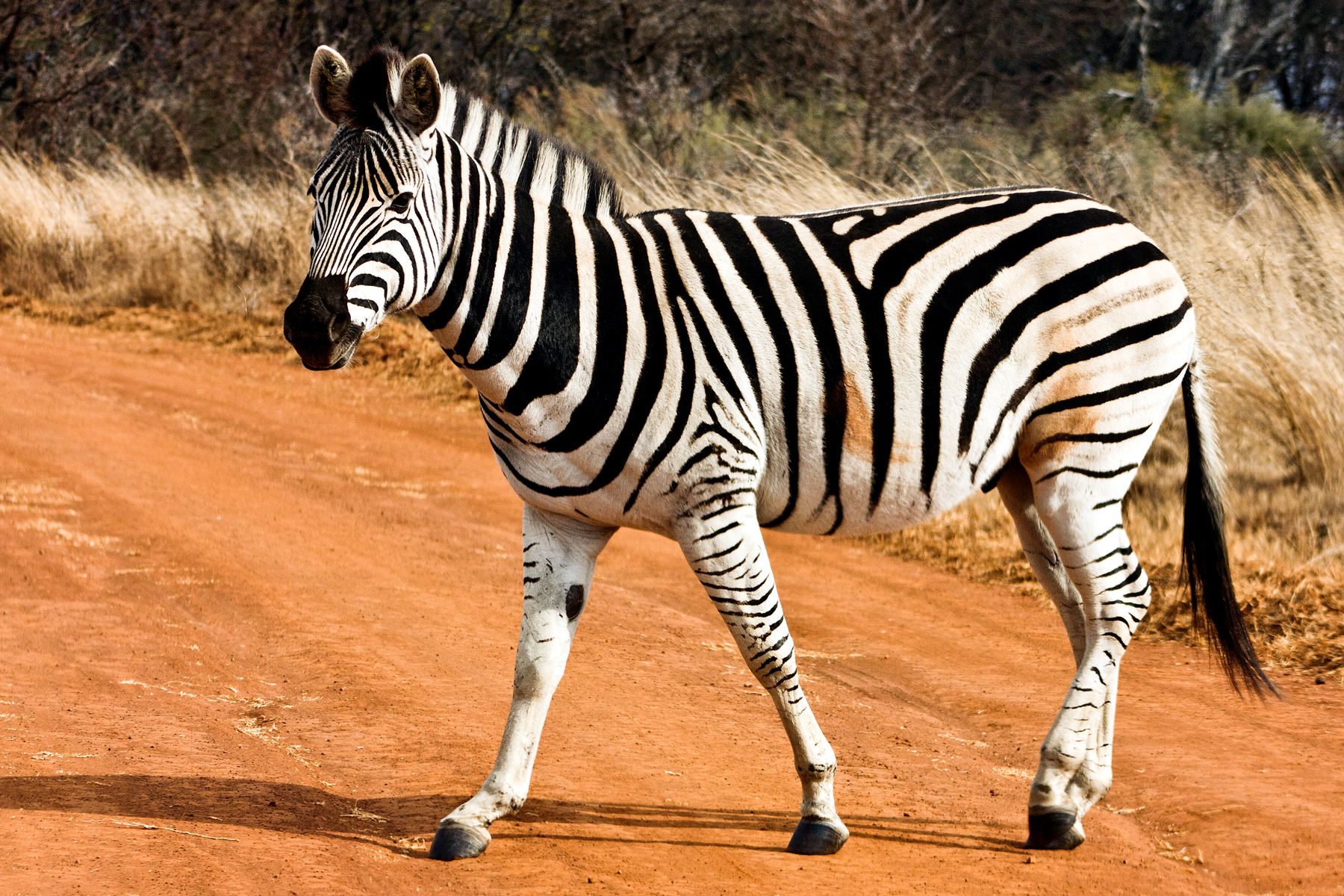
Free photo Strutting Zebra Africa, Striped, Reserve Free Download
Distribution Burchell's zebra is distributed from East Africa going down to the northern and eastern regions of southern Africa. In South Africa they are widely distributed in Mpumalanga (Kruger National Park) down to KwaZulu-Natal and in the Western Cape. They also occur in the Free State. Habitat

FileZebra standing alone crop.jpg Wikimedia Commons
La zebra è un mammifero perissodattilo erbivoro, appartenente, come il cavallo, alla famiglia degli Equidi. Di conseguenza, come è fatta la zebra? Le zebre sono animali dal mantello rigato, costituito da bande chiare e scure alternate, il cui numero, direzione e disposizione varia da una specie all'altra.
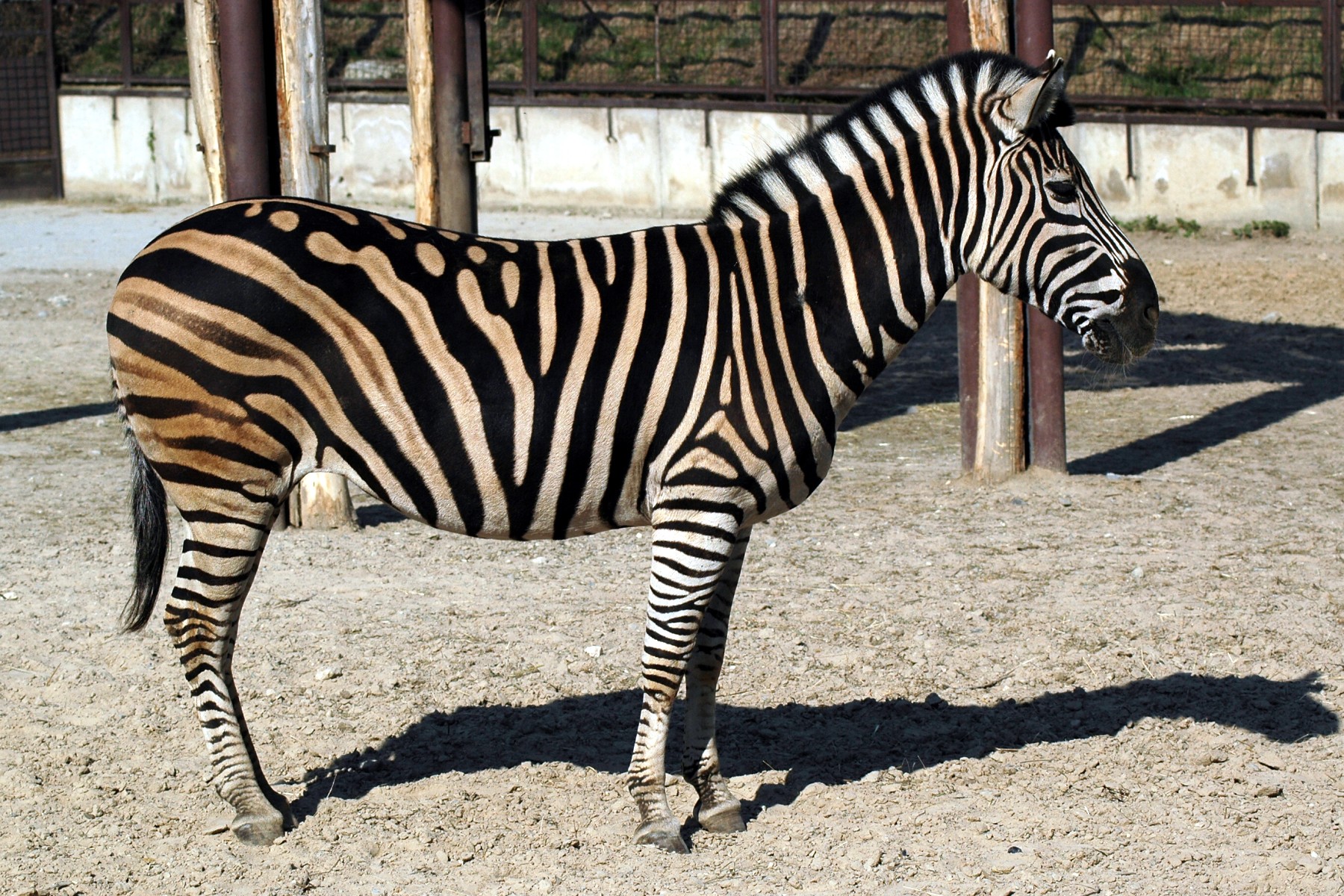
FileZebra 02.jpg Wikipedia
Burchell's zebra (Equus quagga burchellii) is a southern subspecies of the plains zebra.It is named after the British explorer and naturalist William John Burchell. Common names include the bontequagga, Damaraland zebra, and Zululand zebra (Gray, 1824). Burchell's zebra is the only subspecies of zebra which may be legally farmed for human consumption.
ArchivoBeautiful Zebra in South Africa.JPG Wikipedia, la
Zebras ( US: / ˈziːbrəz /, UK: / ˈzɛbrəz, ˈziː -/) [1] (subgenus Hippotigris) are African equines with distinctive black-and-white striped coats. There are three living species: Grévy's zebra ( Equus grevyi ), the plains zebra ( E. quagga ), and the mountain zebra ( E. zebra ).
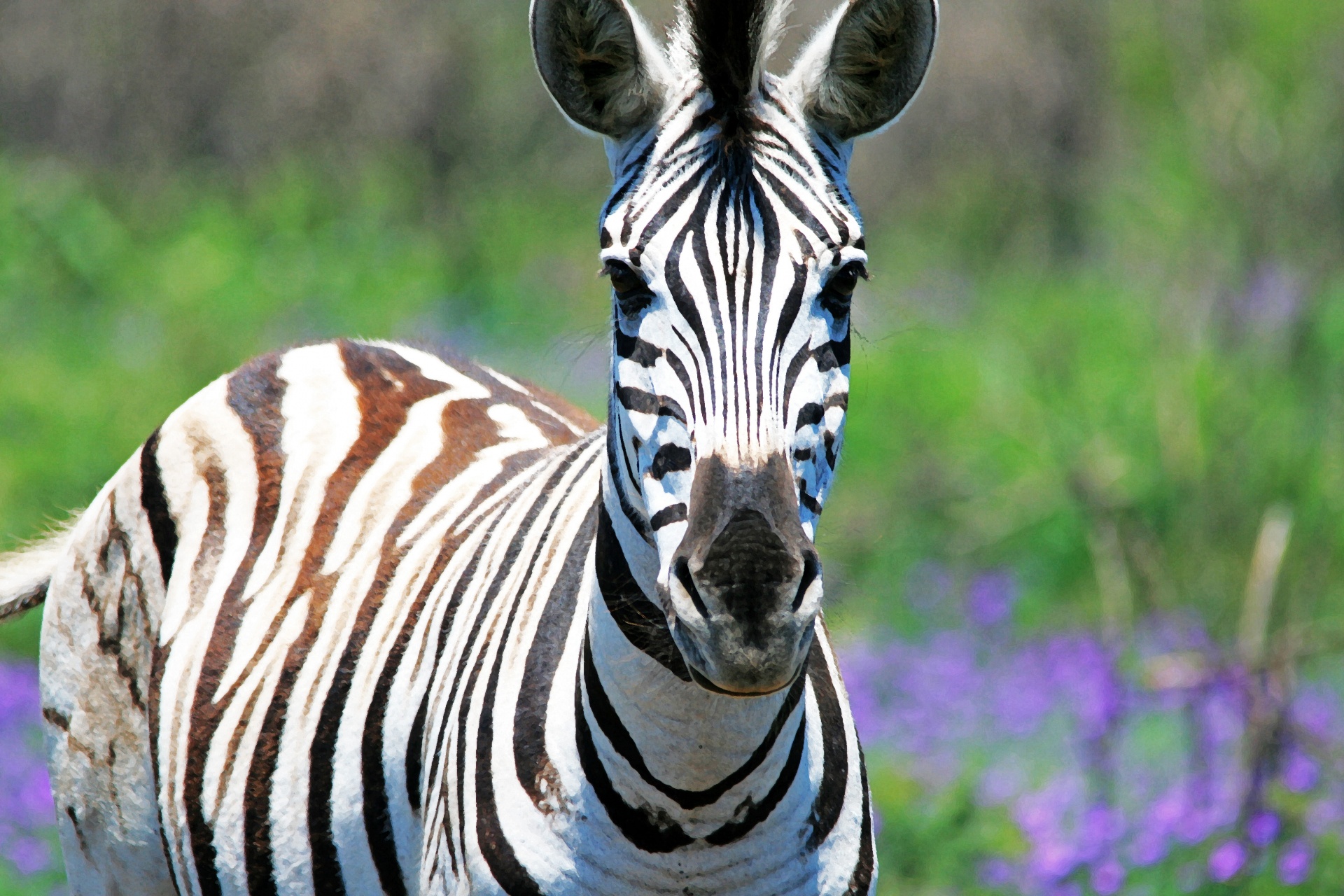
Zebra Face Free Stock Photo Public Domain Pictures
The plains zebra (Equus quagga, formerly Equus burchellii), is the most common and geographically widespread species of zebra.Its range is fragmented, but spans much of southern and eastern Africa south of the Sahara.Six or seven subspecies have been recognised, including the extinct quagga which was thought to be a separate species. More recent research supports variations in zebra.

Zebra Portrait Free Stock Photo Public Domain Pictures
The plans zebra is the smallest of the species, with shorter legs and more closely resemble a horse. Their body length can reach up to around 8 ft, with a height of under 5 ft and weighing between 175 - 385kg (385 - 850 lb). The mountain zebra is somewhere between the other two species in size, and has vertical stripes on its neck and torso.

1 beautiful photo results Pixabay
See Mackie and Schlosser (1996) and Ram et al. (2012) for a key to adult dreissenids. Size: adults < 50 mm, veliger (planktonic larva) 70-200 µm. Native Range: The zebra mussels is native to the Black, Caspian, and Azov Seas. In 1769, Pallas first described populations of this species from the Caspian Sea and Ural River.
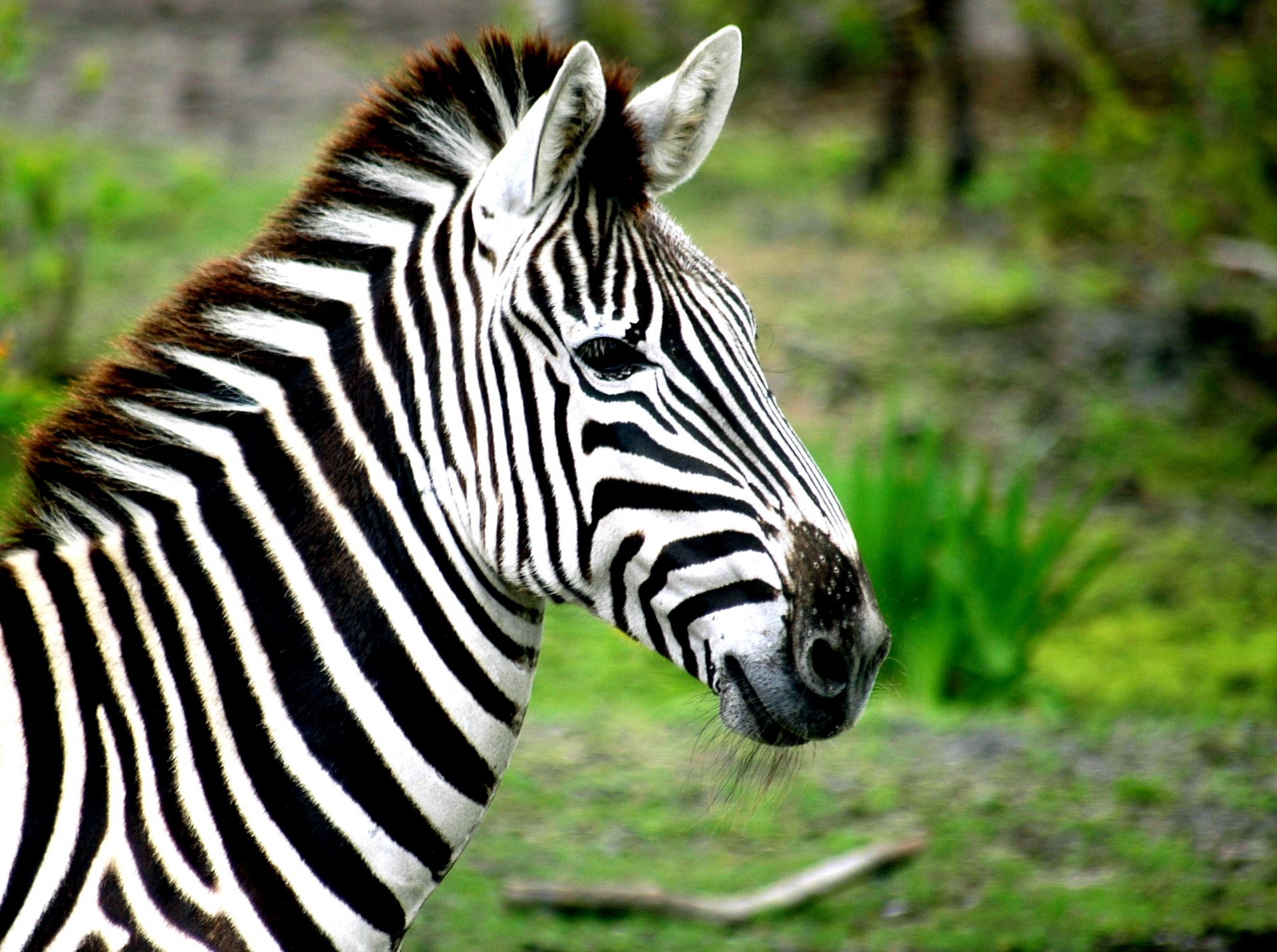
Zebra Free Stock Photo Public Domain Pictures
An exclusively hormonal theory of brain sexual differentiation has been challenged by studies of zebra finches ( Taeniopygia guttata ). Males, but not females, sing a courtship song. The male's neural song nuclei are much larger and have larger neurons ( 5 ).